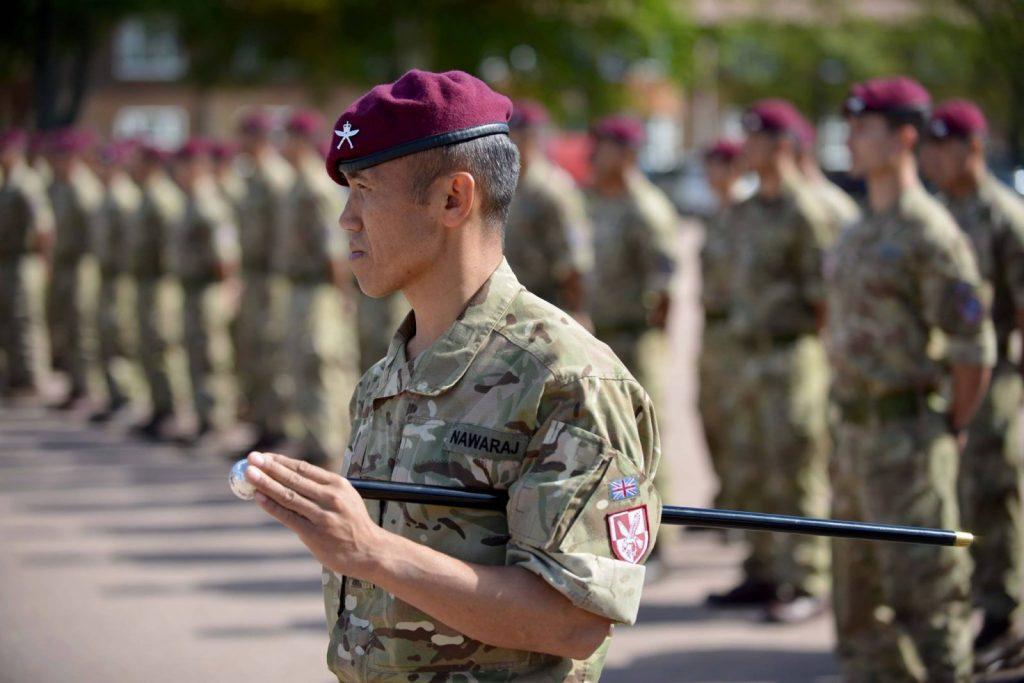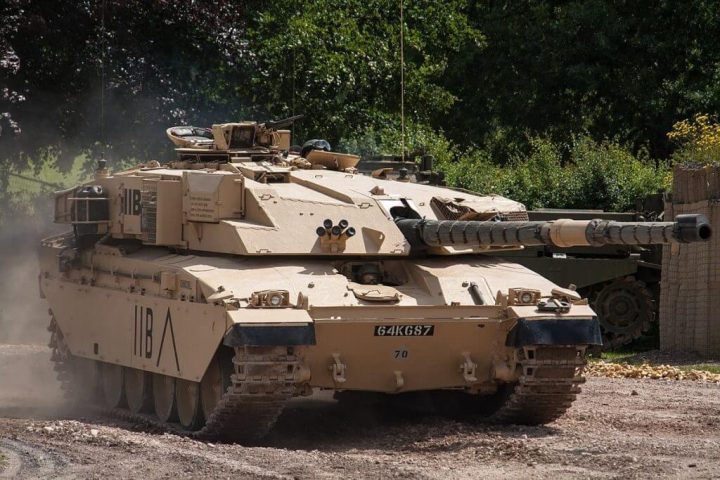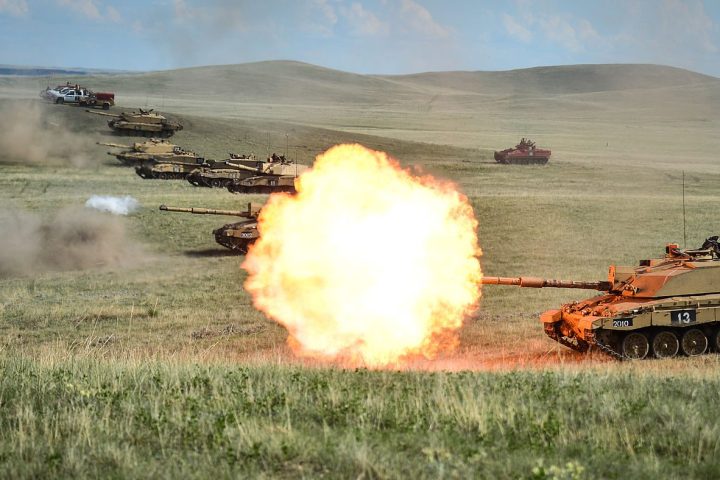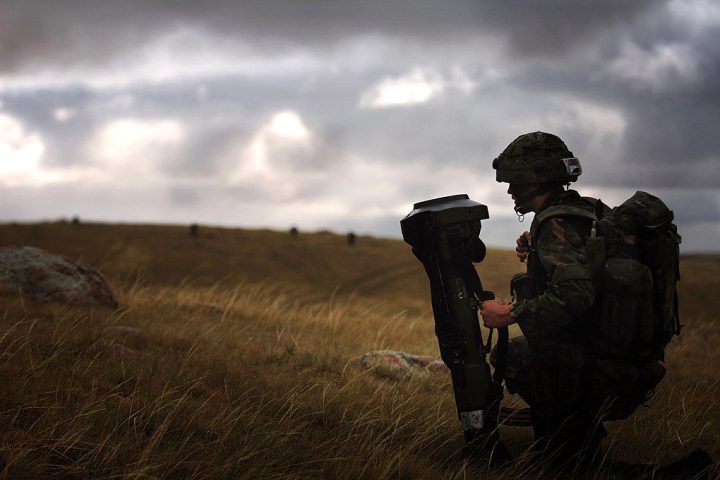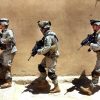The Brigade of Gurkhas has long been a highly esteemed unit within the British Army. Composed of Nepalese soldiers—commonly known as Gorkhali—they are not only recruited by the British Army but also serve in the Nepalese and Indian Armies, the Gurkha Contingent in Singapore, and the Gurkha Reserve Unit in Brunei. Additionally, these skilled warriors are often deployed in UN peacekeeping forces and in various war zones around the globe.
Introduction
The Gurkhas are a group of people originating from Nepal. According to legend, the term “Gurkha” derives from a warrior saint named Guru Gorkhanath, who lived over a thousand years ago. The story claims that Guru Gorkhanath prophesied his people would become known for their courage and valor—a prophecy that has certainly been fulfilled. Guided by the motto, “Better to die than be a coward,” Gurkhas have established a global reputation for bravery.
History
The Gurkhas, once little-known soldiers from Nepal’s mountainous regions, first came to global attention during their resistance against the British East India Company over two centuries ago. Despite facing a technologically superior enemy armed with modern firearms, the Gurkhas fought fiercely with traditional Kukri knives, causing heavy British casualties.
The Kukri knife is the iconic weapon and symbol of the Gurkhas.
According to legend, a Kukri had to “taste blood” before being sheathed. If it didn’t in battle, the wielder was honor-bound to cut themselves before putting it away. After six months of intense fighting, the British signed a peace treaty with Nepal, which allowed Gurkhas to serve in the East India Company’s Army. Since then, more than 200,000 Gurkhas have participated in nearly every major military campaign involving the British.
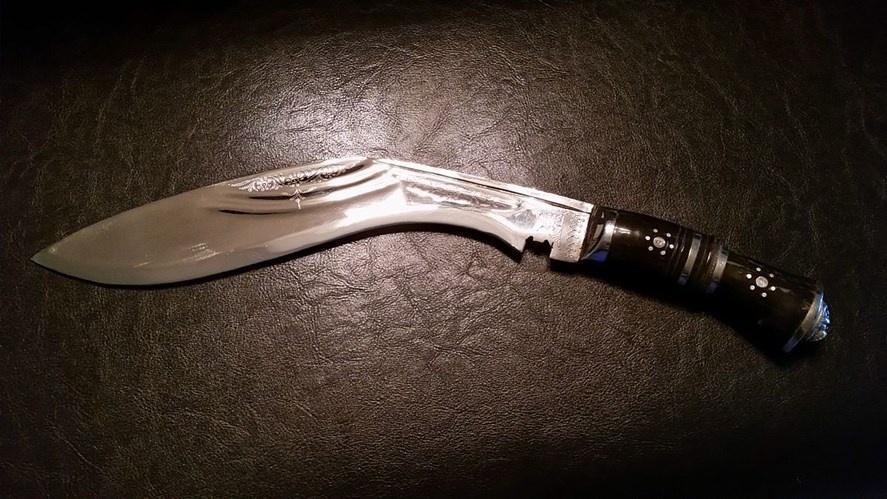
The Heroism of the Gurkhas
During World War I, about 100,000 Gurkhas fought across battlefields in France and other countries. By World War II, that number rose to an estimated 250,000. They were deployed to suppress revolts in India and also served in Syria, North Africa, Italy, Greece, and against the Japanese in Singapore and Burma’s jungles.
One shining example of Gurkha bravery is Rifleman Lachhiman Gurung. In 1945, while stationed in a trench with two other soldiers, they were attacked by 200 Japanese troops. After his comrades were injured, Gurung spotted several grenades thrown into their position. He threw back two, but the third exploded in his right hand, severely injuring him. Still, using only his left hand, he shot and killed dozens of Japanese soldiers attempting to storm the trench—killing 31 attackers in total.
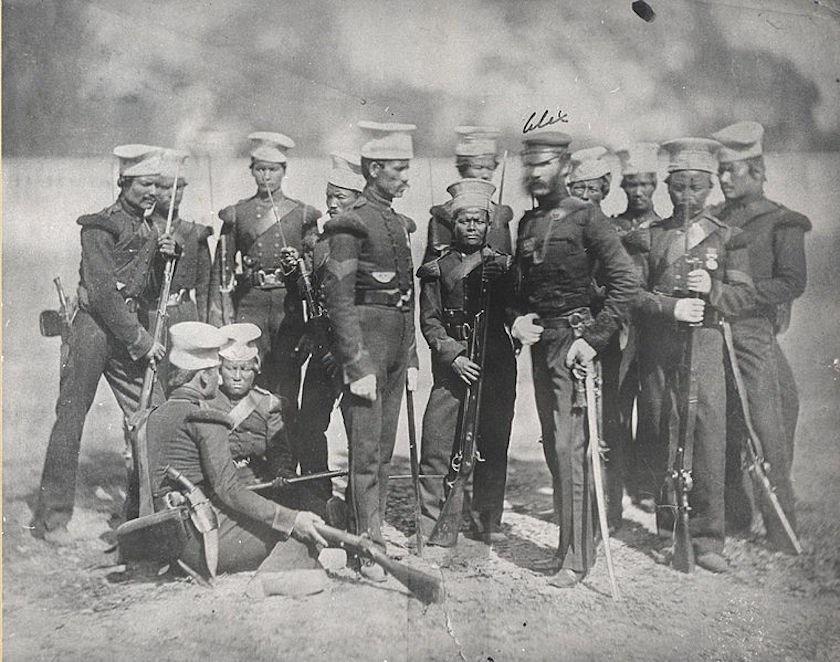
Despite the staggering bravery, it came at a cost—43,000 Gurkhas lost their lives during the two World Wars. Their heroism hasn’t gone unnoticed. The Gurkha Regiments have received 26 Victoria Crosses, the highest military award for valor in the United Kingdom.
Over the past 50 years, Gurkhas have been deployed to hotspots including Hong Kong, Malaysia, Borneo, Cyprus, the Falklands, Kosovo, Iraq, and Afghanistan. Beyond the UK, they serve in the armies and police forces of Singapore, Malaysia, and India.
The Brigade of Gurkhas
The Brigade of Gurkhas is a regular component of the British Army and is considered an elite unit. Officially formed on August 15, 1951, it currently comprises approximately 3,640 soldiers. The name refers to units in today’s British Army that are composed of Nepalese soldiers. Its roots trace back to Gurkha regiments of the Indian Army and, earlier, to the East India Company’s forces.
The Brigade consists of various specialized units including infantry, engineers, signals, logistics, and support units. The soldiers are known for their discipline and skill, and their signature curved-blade Kukri knife remains a powerful symbol of their warrior spirit.
“If a man says he is not afraid of dying, he is either lying or is a Gurkha.”
— Field Marshal Sam Manekshaw, former Indian Army Chief of Staff
The Brigade primarily recruits from four ethnic groups in Nepal: the Gurungs and Magars from the west, and the Rais and Limbus from the eastern hill villages. These groups have a long tradition of military service and are highly respected for their discipline and valor.
Gurkhas are not just foot soldiers; they often serve alongside elite British forces such as the Special Air Service (SAS) and the Special Boat Service (SBS).
Selection and Training
Becoming a Gurkha is no easy feat. Each year, thousands of young Nepali men apply to join either the British or Indian Gurkha units. From an applicant pool of roughly 25,000, only around 200 are accepted.
Recruitment Process
Recruitment is divided into two stages. The first is regional selection, held in Pokhara or Dharan, which involves physical fitness tests, written assessments in English and math, and interviews. Candidates who pass this phase proceed to central selection in Kathmandu, where they undergo more physical tests, language exams, medical screenings, and a second interview.
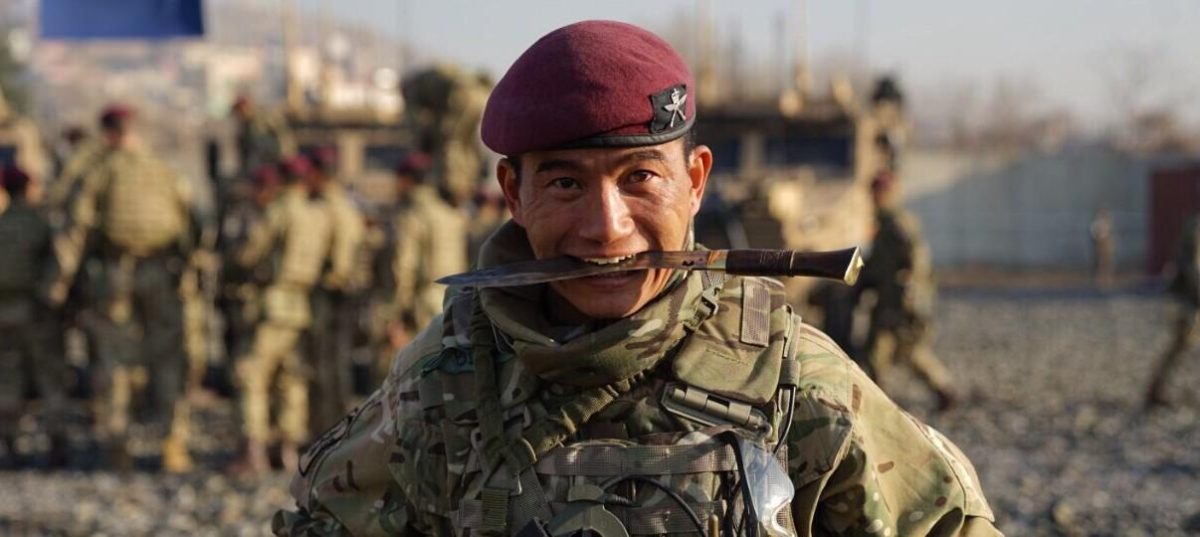
Basic Training
Training for new Gurkhas lasts 36 weeks and is among the most rigorous in the British Army. It includes cultural education, language instruction, trade selection, career planning, and the full 26-week Combat Infantryman’s Course. This training ensures Gurkhas are well-prepared for diverse operational roles.
Additionally, British Gurkhas Nepal also handles recruitment for the Singapore Police Force’s Gurkha Contingent. Candidates can choose their preferred path during the application process.
Gurkhas in the SAS
Many Gurkhas go on to serve in the SAS, taking part in high-risk, classified missions around the globe. Their ethnic and linguistic background provides unique advantages, especially in Islamic countries, where speaking Urdu and blending in can be crucial.
A source revealed: “The SAS is incredibly selective. Having 12 Gurkhas among its ranks shows how tough and elite they truly are. It’s a badge of honor for the regiment and Nepal alike.”

Organizational Structure
The Brigade of Gurkhas is headquartered at Trenchard Lines, Upavon, Wiltshire. It consists of various battalions and specialized support units.
Key Units
- 1st Battalion, Royal Gurkha Rifles – Light-role infantry stationed at Shorncliffe Army Camp (Europe & Africa deployable)
- 2nd Battalion, Royal Gurkha Rifles – Based in Brunei as part of UK’s presence in Asia
- 3rd Battalion, Royal Gurkha Rifles – Specialized Infantry, Aldershot Garrison
- 10 Queen’s Own Gurkha Logistic Regiment RLC, Aldershot
- Queen’s Gurkha Engineers
- 69 & 70 Gurkha Field Squadrons, Maidstone
- Queen’s Gurkha Signals
- 246, 247, 248, 249, 250 Squadrons
- Brunei Signal Troop
- Nepal Signal Troop
- Gurkha Staff and Personnel Support Company
- Band of the Brigade of Gurkhas
- Gurkha Training Companies at Catterick, Sandhurst, Warminster, and Brecon
- Brigade Training Team & Nepali Language Wing
In 2018, the UK government expanded the Brigade by over 800 soldiers, including new squadrons for engineers, signals, and logistics. In 2020, women were officially allowed to join the Brigade for the first time.
Awards and Recognition
Victoria Crosses
The Brigade of Gurkhas has been awarded 26 Victoria Crosses, split evenly between British officers and Gurkha soldiers. This makes it one of the most decorated units in British military history.
London Memorial
On December 3, 1997, Queen Elizabeth II unveiled a memorial in London honoring the Gurkhas. It bears a quote by Sir Ralph Turner, a former officer of the 3rd Gurkha Rifles.
200 Years of Service
In 2015, the British Army held commemorative events—including a march past Buckingham Palace—celebrating 200 years of Gurkha service.


